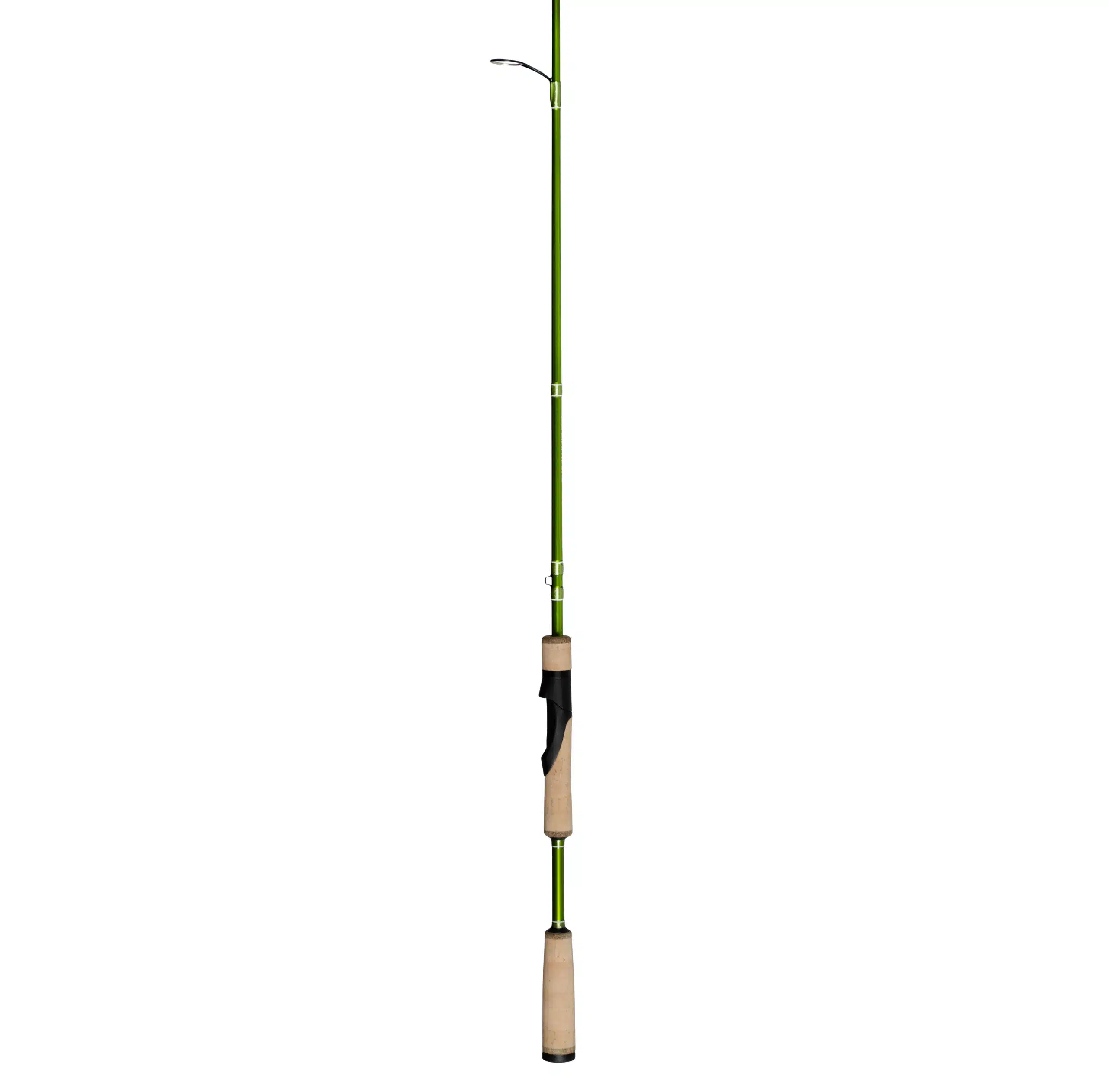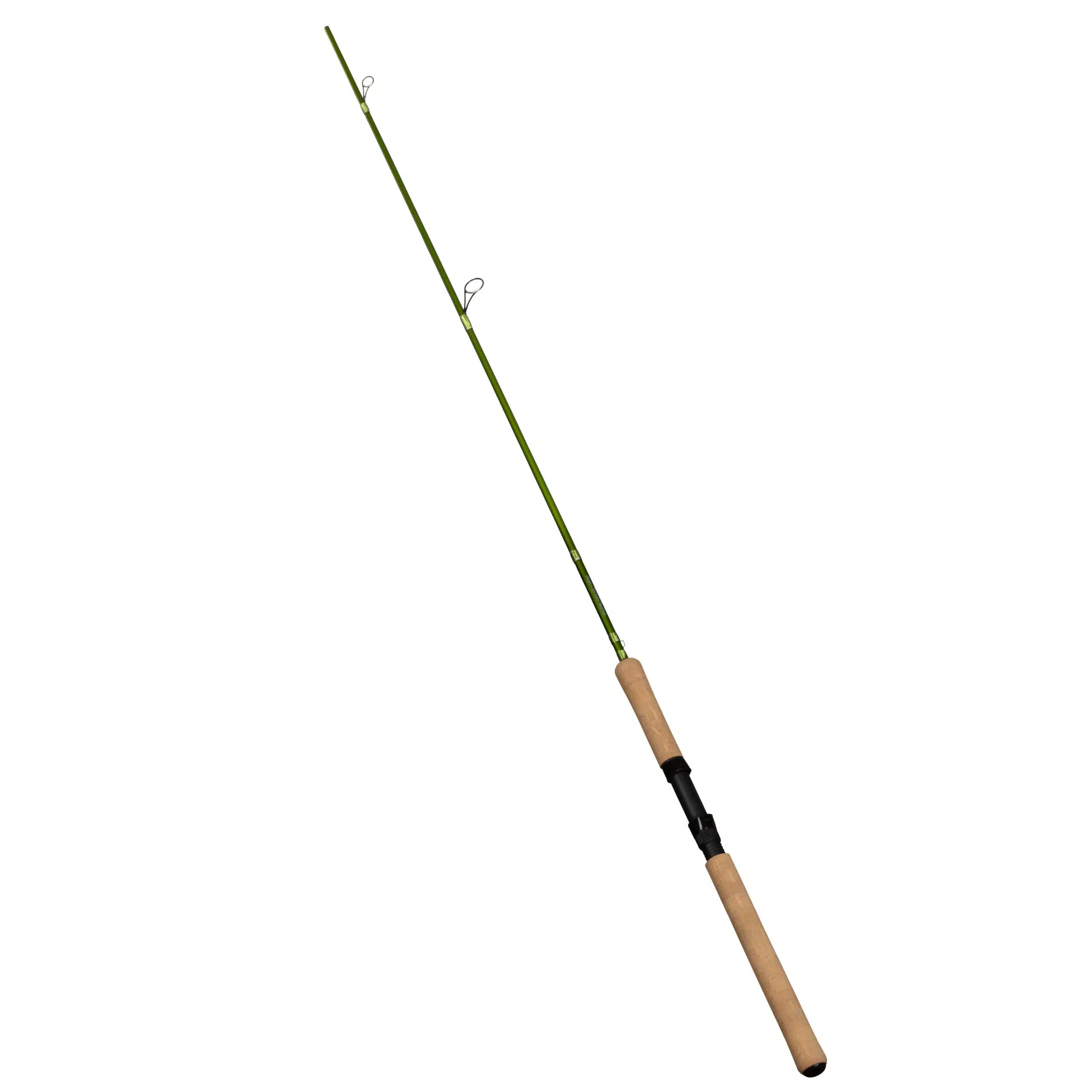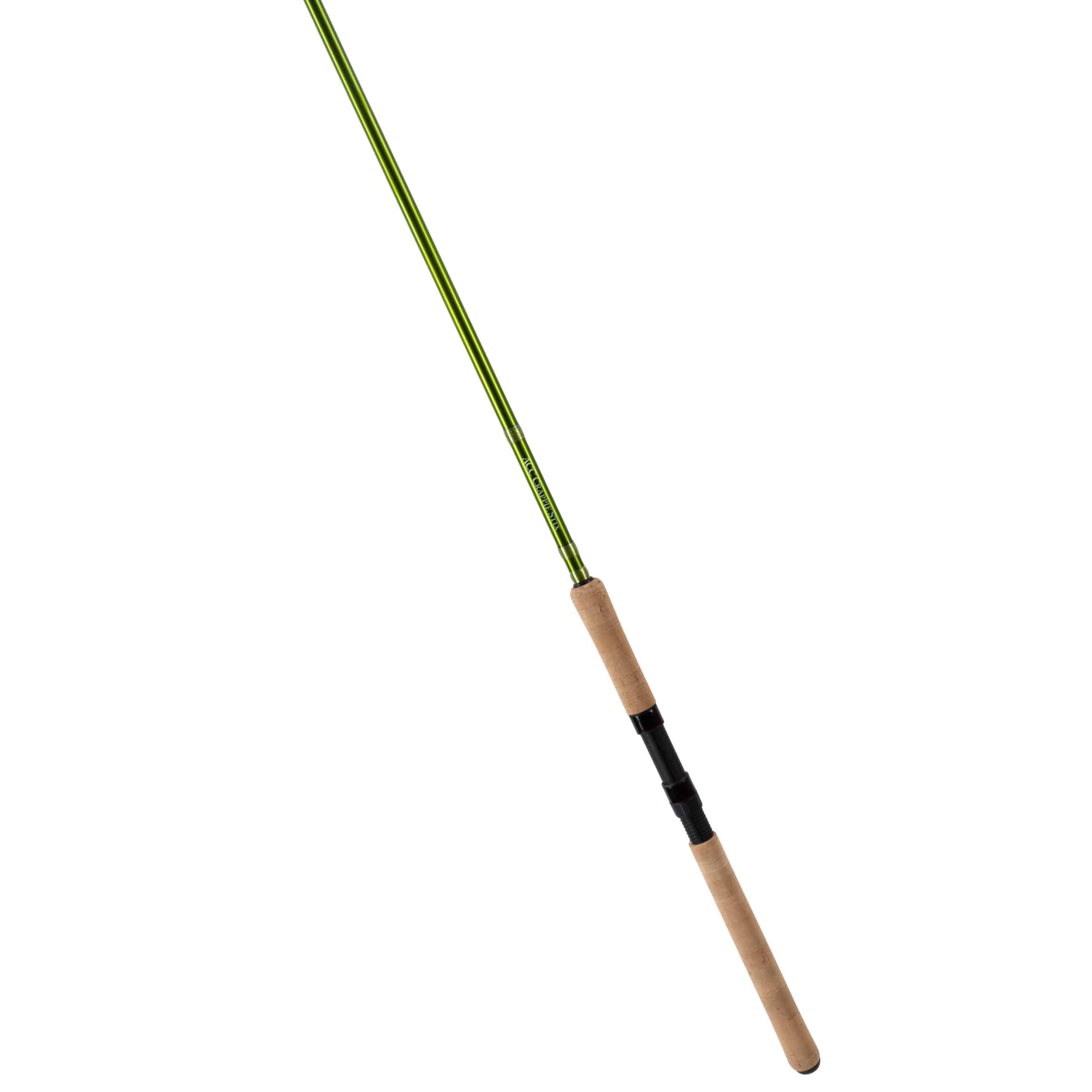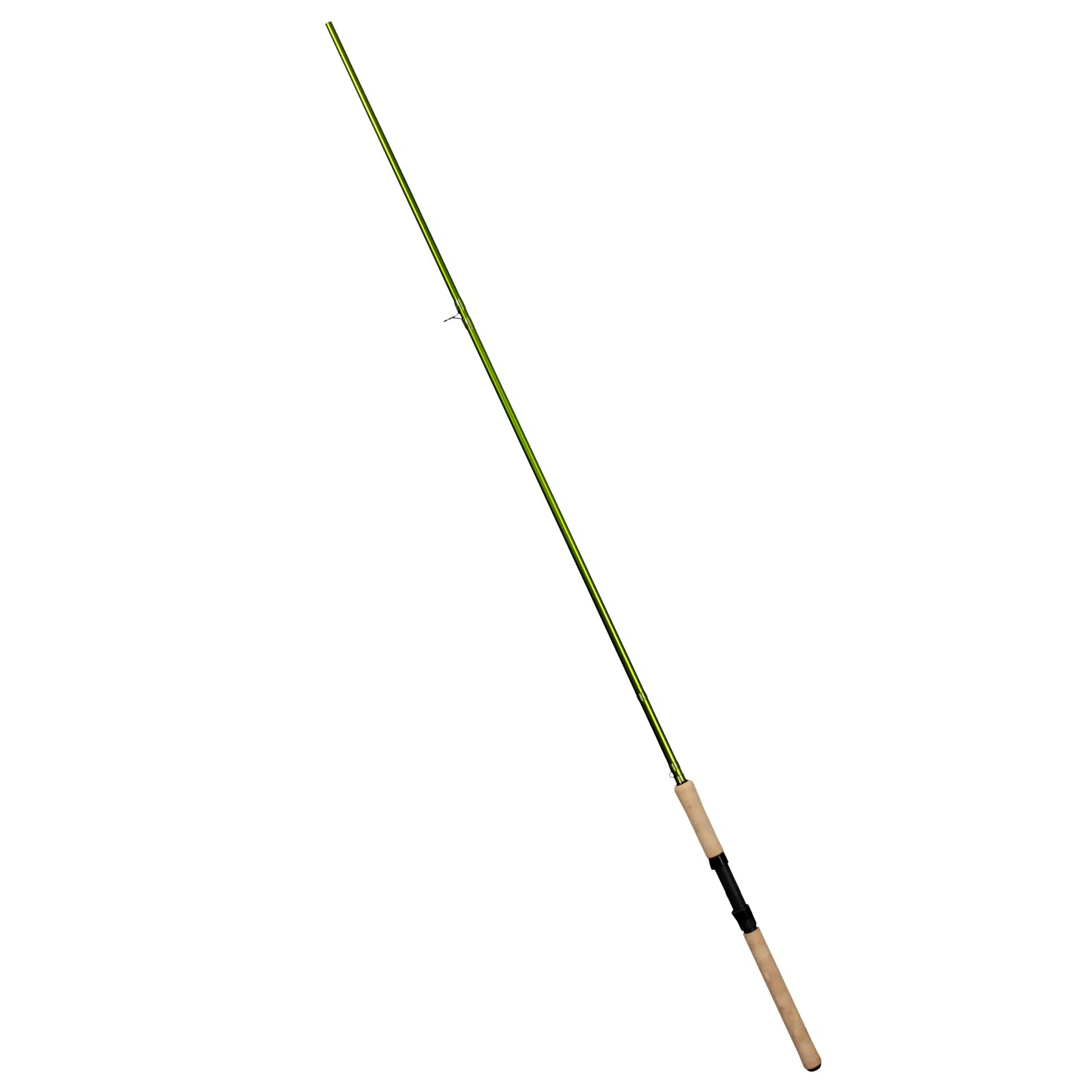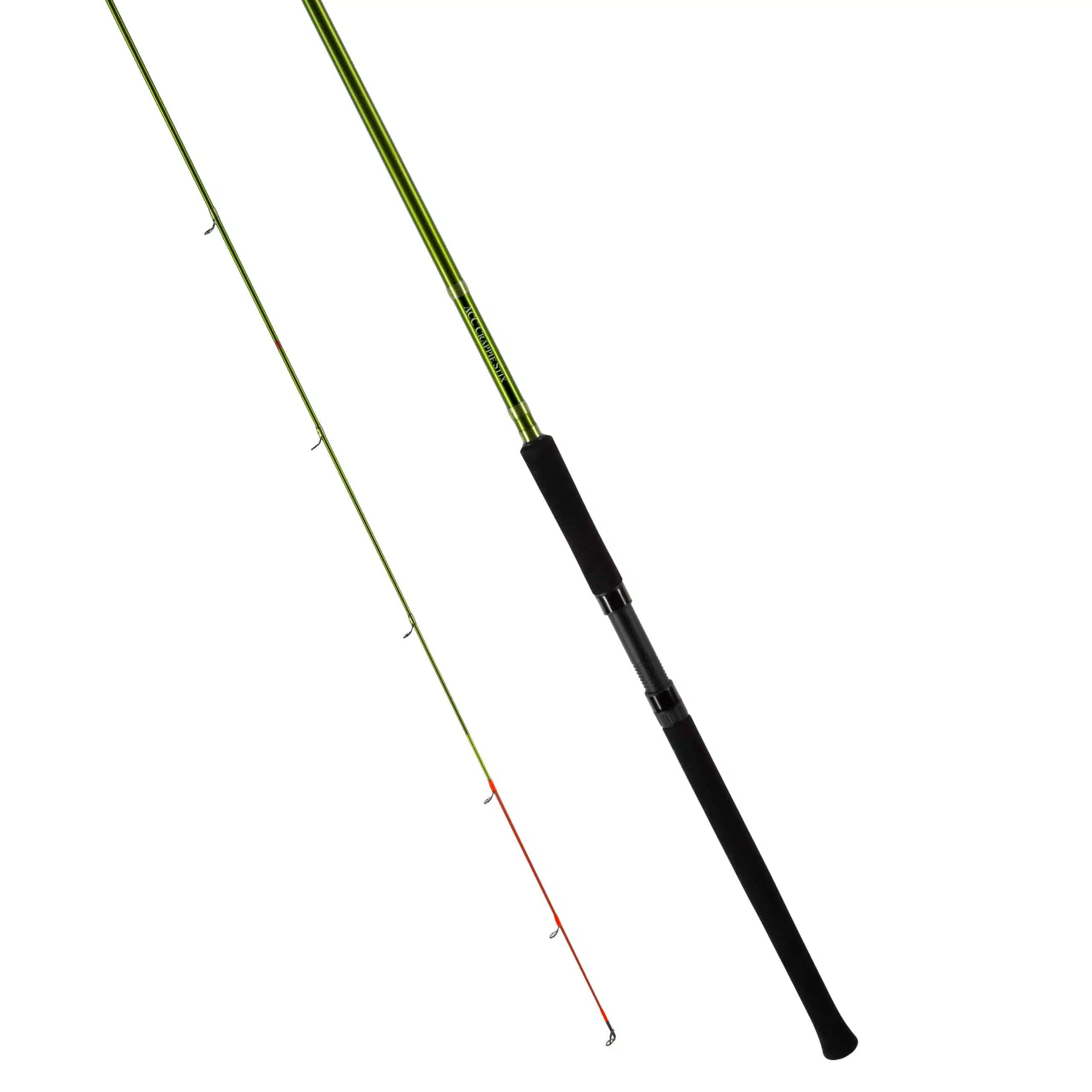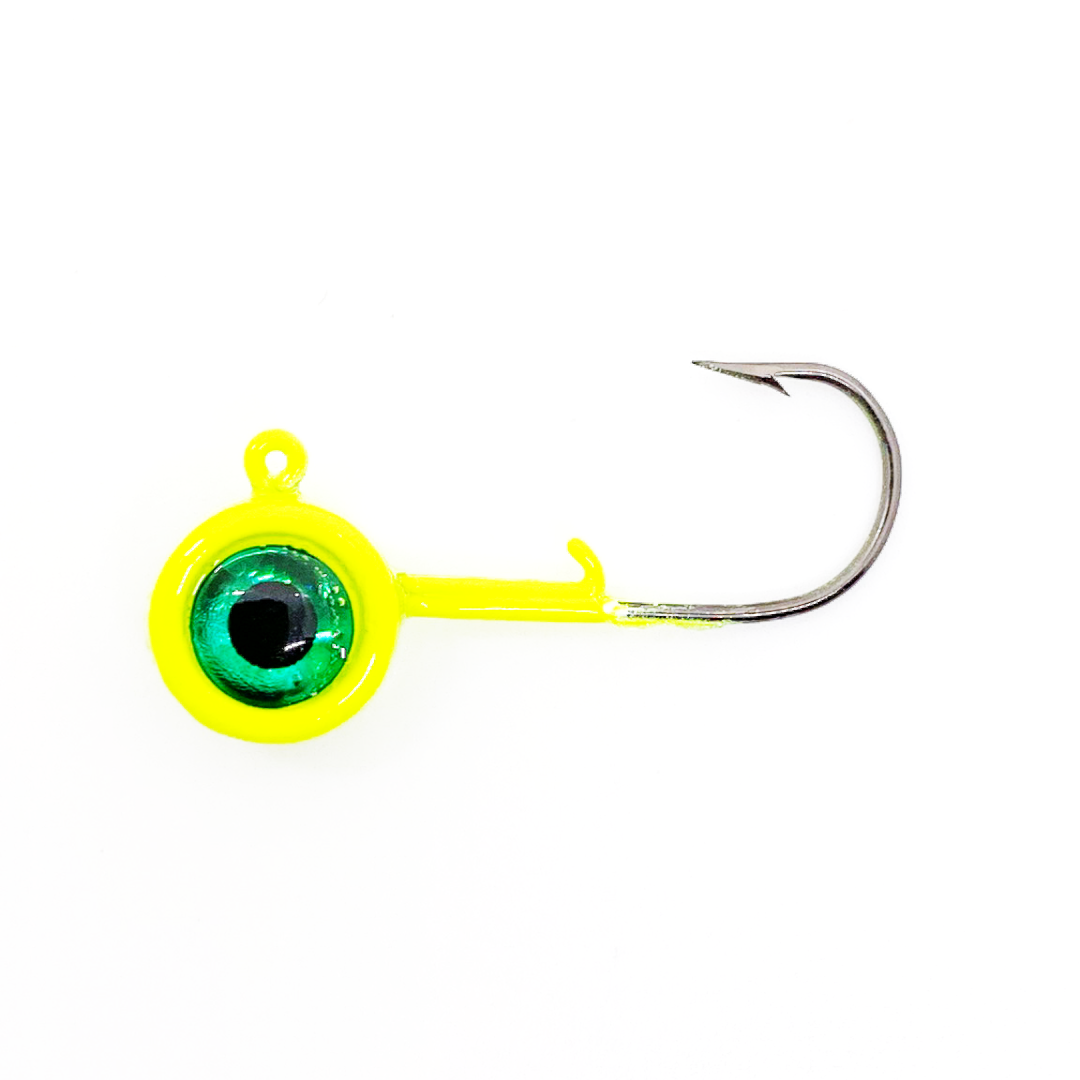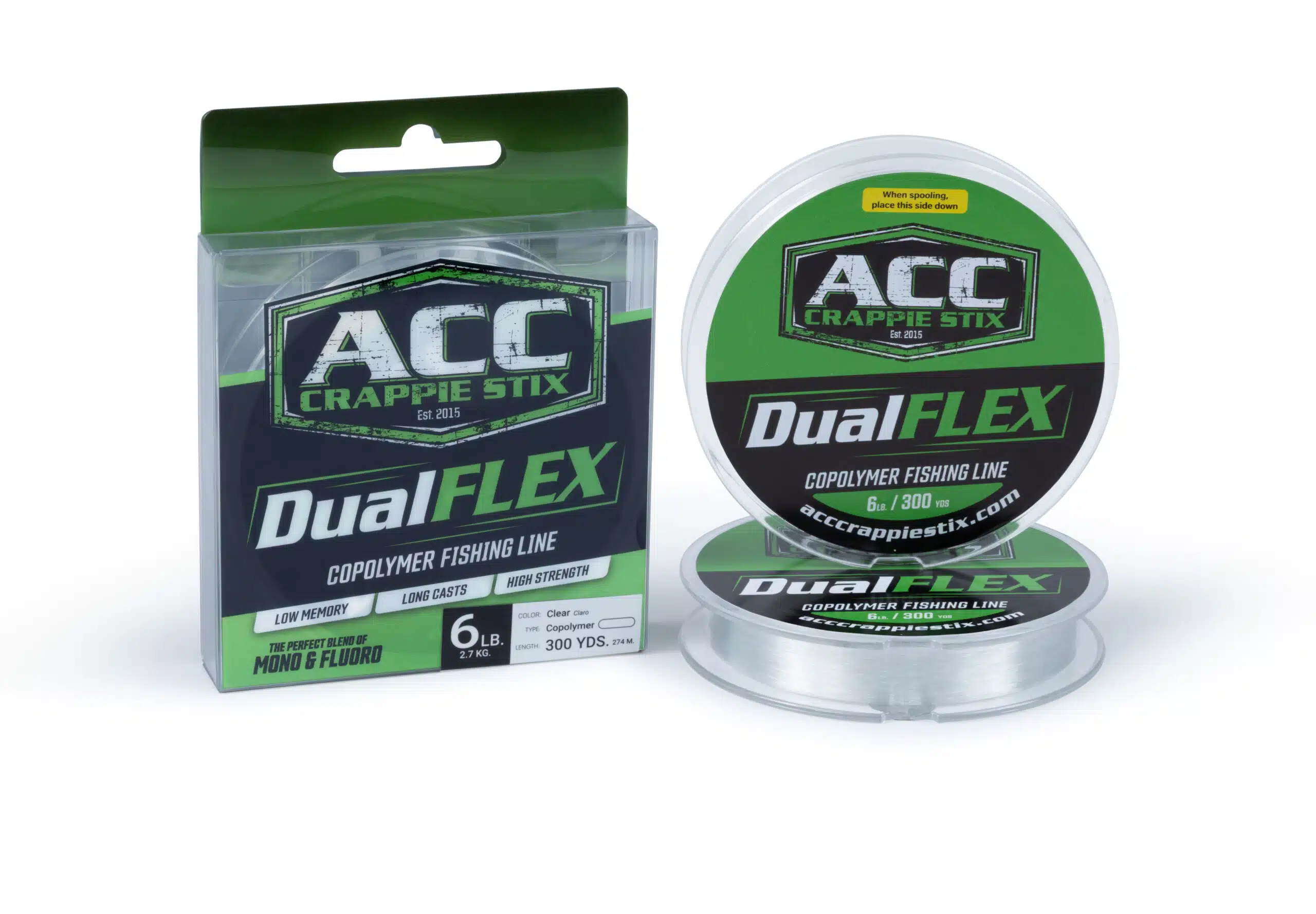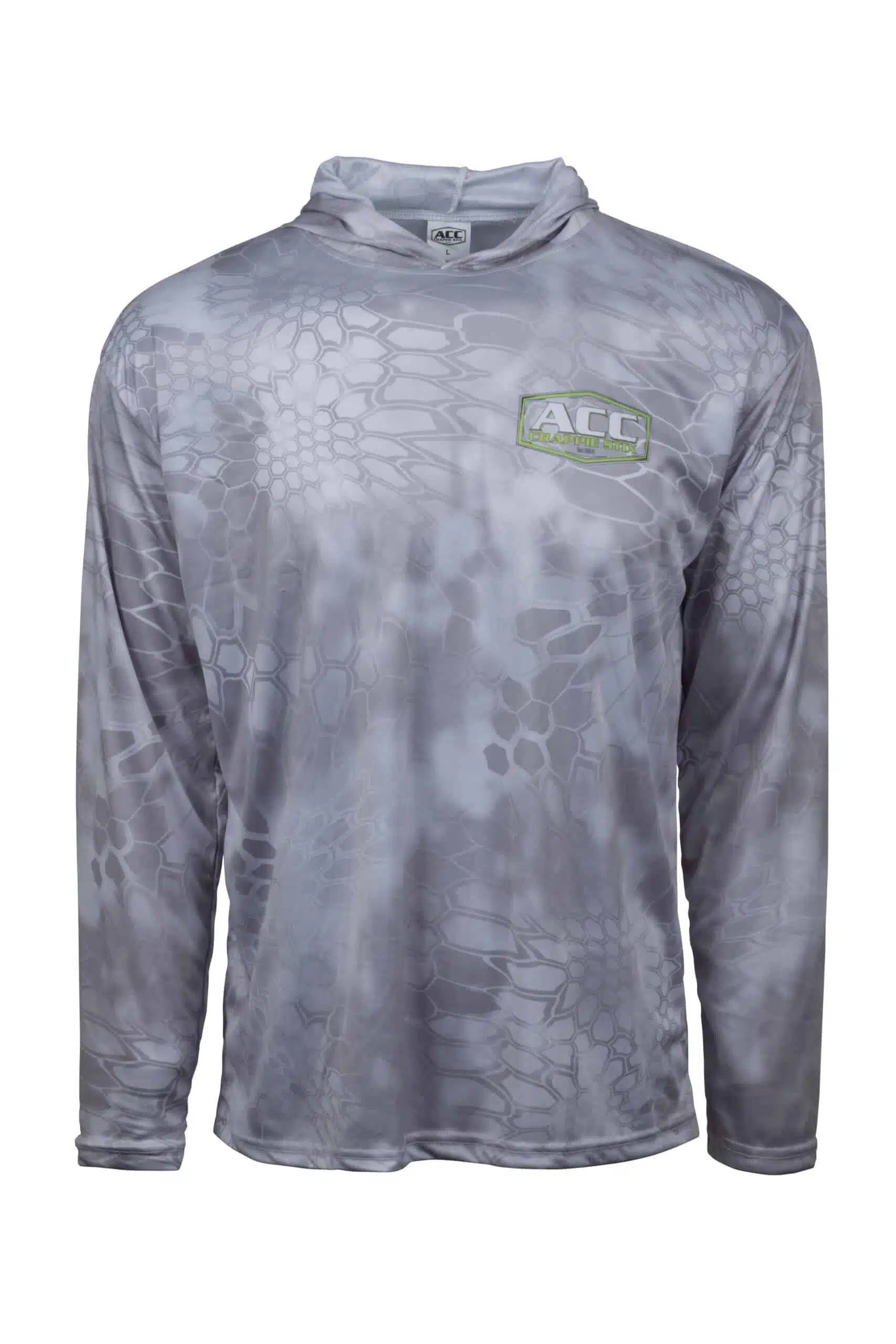Retrieve rates matter; let the crappie decide
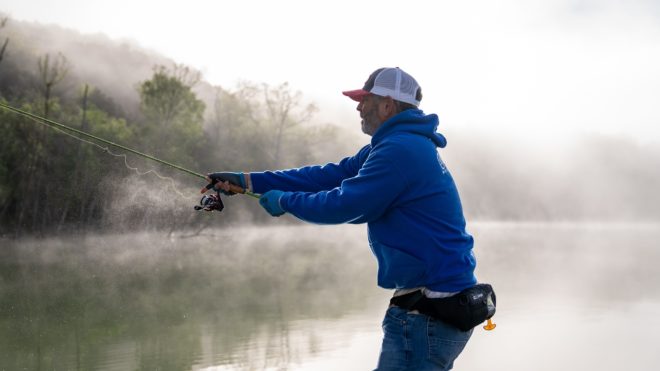
By Greg McCain
East Tennessee guide and Wired for Crappie YouTuber Matt Xenos always expresses a high degree of enthusiasm when discussing all things crappie fishing.
When I quizzed members of the ACC Crappie Stix pro staff about retrieve rates, that enthusiasm was palpable even though Matt was hundreds of miles away. The question posed: What’s your go-to retrieve when targeting fish with forward-facing sonar like Garmin LiveScope (LS)?
Is your retrieve slow? Fast? Somewhere in between? Dead sticking? As a final part of the question, I also asked about what we have learned about crappie as a result of watching them respond to the retrieve on LS.
Matt responded, “Oh goodie! My favorite topic and technique, casting!!
“Retrieve is everything when casting to crappie. Too slow, they won’t chase; too fast, they won’t chase.”
Matt (follow Wired for Crappie on YouTube and also for information about guided trips and boat installation in the east Tennessee region) said he still has to figure out the best retrieve rate to prompt the most bites just about every day that he’s on the water. He also noted that just because fish bite one way in one location does not mean they will respond in a similar manner on the next stop. Several pro staffers actually reiterated that point.
“In my opinion, there is no go-to retrieve and (it) can most certainly change daily, sometimes even change per pile on the same day. You’re looking for the retrieve that stimulates a response or movement from that fish.”
His experiences dictate consistency on the retrieve, he said.
“The absolute most important thing is when the fish commits to the bait, do not, and I repeat do not, change the style of your retrieve. If you’re reeling slow and the fish follows, continue to reel slow. If the fish follows on a stop-and-go retrieve, continue that. A variation in retrieval will most always turn the fish off to the bait.
Although there were some slight differences of opinion, Matt’s ideas basically paralleled the thoughts of several members of the ACC pro staff. Here are their ideas about retrieve rates for crappie:
Kennieth Pierce (Texas, subscribe to Hook City TV on YouTube): “I tell people on my boat all the time you can’t outswim a crappie! Don’t be afraid to pull that jig away from them a little faster if they aren’t committing right away. Allowing a curious crappie to get a good look will allow him to figure out that your bait isn’t real!
“Also, with the addition of LS, the art of deadsticking has almost become lost. Sometimes a slow/fast pull away won’t trigger a bite, but sitting your bait there and not moving it will!”
Tim Howell (Mississippi, Long Branch Guide Service, 662.251.5625 or [email protected]): “For me it’s definitely a day-to-day thing. I try to see how the fish want it. Some days they want it dropped straight down on them; some days they want it burned across the top of them. Some days they want it slow-rolled. I think it all depends on the mood of the individual fish.”
Dave Holzner (Illinois, follow MoJo Crappie Jigs on Facebook): “I’ve seen crappie chase my jig when I give up on a retrieve to start the next cast and had a few bust the surface chasing it.”
Fred Mooney (Illinois, Full Moon Fishing Service, 618.731.1601): “I do not cast at all, but with the 12-13’ ACC rods and fishing average depths of 12-14’, I can position my boat within 15-20’ and still flip and drag through sets, brush piles, schools etc., and simply learning what that reaction looks like in the middle of a busy set or school is everything. Sometimes it’s a wiggle or the nose turns up, and other times they come like a missile. Learning to interpret behavior and make adjustments are the most crucial to a successful day.
“During these times as a guide, I just hope to be a better commentator than Joe Buck, or it makes for a long long day for my clients. There’s a fine line between bossy and a good coach.”
Keith Acker (Louisiana, friend Keith on Facebook for information about guided trips in northwest Louisiana or east Texas): “I let the fish tell me what they want since you can see how they react on the LS. The retrieve speed varies from day to day and even lake to lake.
“The problem for most people is when the fish follows the jig but never commits, they don’t know how to adjust. When this happens to me, I always increase the speed of my retrieve drastically. In my opinion, it makes the fish think the bait is getting away, and their God-given survival instincts kick in, and they will accelerate to smash it. Most people won’t use this technique because they are afraid they will take the bait away from the fish but don’t realize just how fast a fish can swim.
“Most of my clients that struggle with their LS are amazed that this one technique increases their catches drastically.”
Jeff Jowers (Alabama, check out Jeff on Facebook for information about guided trips on the Coosa River and other Alabama fisheries): “As Matt mentioned, the cadence of a bait can change with the situation like depth, type of structure, and the way the fish are positioned on that structure. For instance, I can fish standing timber in 18’, and they have their nose on the timber. Those fish might prefer a 1/32 jig super still, and it may take a full minute for her to commit.
“Then I might fire up the engine, make a half-mile run to fish a hump in 18’ where they are suspended just off the bottom, and they prefer a 3/16 jig with a three-inch body being rolled at a pretty good clip just above’ em. That’s where you get that arm broke.
“Or my favorite, casting to roaming fish in the channel where I’ll cast beyond the fish and I’m bringing it! Just like that LS, there’s no perfect setting. You just adjust to the situation, and most importantly, let them tell you.”
Drew Brinson Jr. (Missouri, check out Drew’s Facebook page for information about Missouri crappie fishing): “I think it’s crazy how much LS has taught us about crappie fishing, and it continues to teach us every time we wet a line. I agree with all the statements above. Continue to adjust to put more fish in the boat.”
Goose Gutzman (Minnesota, check out Goose’s Facebook page for information about Goose’s Guide Service): “I’ve just started playing with my LS, but before I owned it, I relied on the fish telling what they want. If I’m jigging and getting too aggressive, they might not want it, or if I’m casting jigs, they might only hit it on the drop. Or I might have to count down, then do a slow retrieve or a fast retrieve. Trolling speed is crucial; you’re either going too slow or too fast, so by paying attention to the little things, it will make a huge difference in your success. Even the way your jig is positioned can make you or break you. A lot of folks don’t pay attention to that and that can be a game changer alone.”

